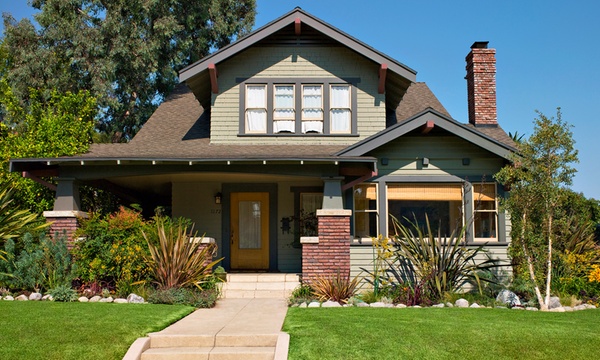When it comes to protecting your home from water damage, eavestroughs are a crucial element. They collect rainwater and direct it away from your property, preventing costly damage to your roof, walls, and foundation. But with so many different types and styles available on the market, how do you know which one is the right fit for your home? In this ultimate guide, Envirotech Exteriors will walk you through all the factors you should consider when choosing a new eavestrough system.
- Material: The material of your eavestroughs is an important factor that affects their durability, appearance and overall performance. The most common types of materials include aluminum, steel and copper. Aluminum eavestroughs are affordable and lightweight, while steel eavestroughs are more robust and can handle more weight. Copper eavestroughs are more expensive but offer unparalleled beauty and durability.
- Size: The size of your eavestroughs will depend on the size of your roof and the amount of rainfall your area receives. If you have a large roof and live in an area with heavy rainfall, you’ll need a larger eavestrough system to handle the water flow. Working with a professional eavestrough contractor like Envirotech Exteriors can help you determine the proper size for your home.
- Style: Eavestroughs come in different styles such as K-style and half-round. K-style eavestroughs have a flat base and angled sides, which resemble the letter K when viewed from the side. Half-round eavestroughs have a more traditional look and are often preferred for historic homes. Ultimately, the style you choose will depend on your personal preference and the look of your home.
- Maintenance: Like any other part of your home, eavestroughs require regular maintenance to function properly. Clogged eavestroughs can cause water to overflow and damage your home’s exterior. Some types of eavestroughs are more prone to clogging than others due to their shape or size. For example, K-style eavestroughs have a flat bottom that can accumulate debris, while half-round eavestroughs have a more rounded shape that reduces the risk of clogging.
- Installation: Hiring a professional eavestrough contractor like Envirotech Exteriors is vital to ensure your eavestrough system is installed safely and efficiently. A skilled contractor will have the necessary tools and expertise to properly install your eavestroughs and ensure a tight seal against your roofline. Avoid DIY installations as they can result in leaks, improper water flow and costly repairs.
Conclusion:
Choosing the right eavestroughs for your home is an important decision that requires careful consideration. By taking into account factors such as material, size, style, maintenance and installation, you can make an informed choice that meets your needs and budget. Work with a trusted eavestrough contractor like Envirotech Exteriors to ensure your new eavestrough system is installed correctly and provides you with years of reliable protection for your home.


